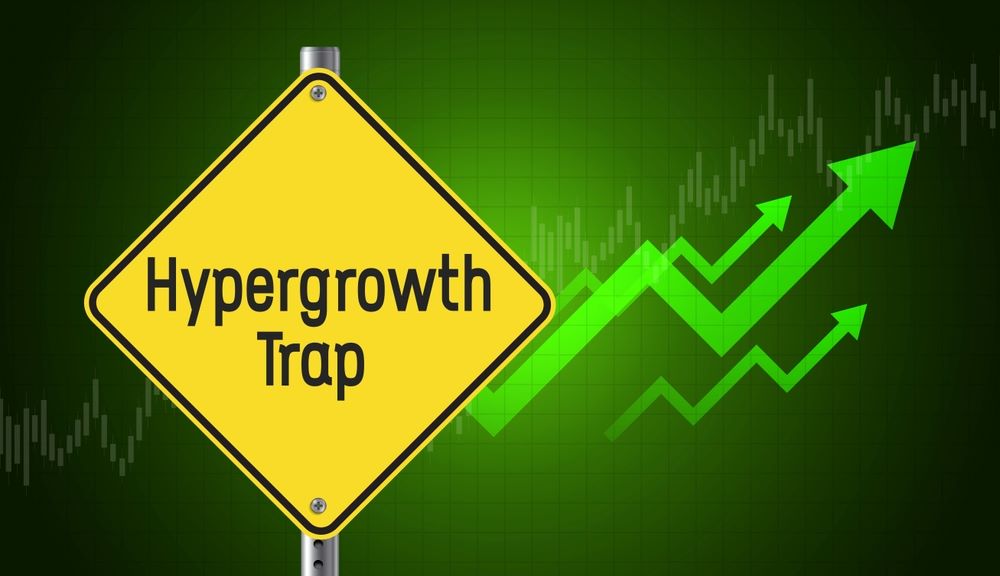Pricing in Turbulent Times

Virtually every company is facing disruptions and uncertainty, often on a scale not seen in decades. The novel coronavirus, or Covid-19, is the most dramatic among several disruptions causing volatility, with other factors including rapid swings in oil prices, upheaval in global financial markets, unpredictable trade policy (tariffs), and uncertain government actions. We are facing uncertainty and the increasing probability of a global recession.
How might these disruptions impact your business?
- Demand: Grinding to a halt in some sectors and seeing explosive spikes in others
- Supply-chain: Shortages and disruptions in the supply chain impact both access to and cost of materials immediately (with likely significant medium-term effects)
- Volatile pricing for key inputs: High volatility in oil prices, as well as in freight costs
Pricing strategy: Managing in turbulent times and preparing for a downturn
For business and pricing leaders, this level of uncertainty has major ramifications. Pricing strategy is essential in turbulent times: It is critical to managing pricing during periods of uncertainty, not merely to react. Faced with high volatility in demand and operating economics, leaders must ensure that their pricing strategy handles the immediate market conditions (which might mean resisting the pressure to adjust pricing), steers through turbulent times, and prepares the company to win after a downturn.
1. How and when do you reduce the price without hurting your business long-term?
Among the biggest mistakes in an uncertain environment is to react and improvise. To ensure effective pricing, companies must plan specific “plays” for pricing and calibrate them as the economic environment evolves.
A critical aspect of a winning approach is focusing on how to engage with customers, grounded in an understanding of how buying decisions change in a crisis or downturn, and how pricing should adapt. For example:
- Prepare for sales cycles to get longer, more decision-makers to be involved, and more pressure for concessions
- Expect sudden changes in price sensitivity – During the last recession (2008-9), price sensitivity changed differently for different products. Staples such as eggs and milk had low price elasticity before the recession and demand became even less price sensitive. Other products (e.g., vitamins, lunchmeat) also had low price sensitivity before the recession but became more sensitive
Specific strategies for addressing these types of changes in buying behavior and price sensitivity, depending on your business, could include:
- Understand how to (temporarily) reduce price and/or enable “smart” concessions that won’t erode your long-term price position – Examples include temporary discounts/rebates, first x months free, installation/setup at no charge, and changes to terms, surcharges, freight policies, and cancellation/restocking fees. In short, provide temporary solutions (that, ideally, build customer goodwill, such as showing flexibility on cancellation), but remain disciplined on “list prices”
- Hold the price on core products or services and adjust more optional/peripheral offerings – For example, during the last recession, HP adjusted to protect price integrity among services that are most critical to customers while making concessions for products more likely to be “nice to have”
- Reduce prices on the most visible or “benchmark” products (e.g., the “milk” of your business), but not on others. In other words, make cuts where it’s most likely to get noticed
2. When do you increase prices in a crisis or downturn without damaging your brand?
Some companies may find themselves in a position to benefit during turbulent periods, either because they planned ahead and can help customers deal with volatility by providing a consistent source of supply or because of explosive demand for their product or service (e.g., cleaning supplies, facemasks, collaboration platforms). Obviously, these companies also need to consider the longer-term implications for their products and brands. They may find opportunities to get paid premium prices but face ethical questions or brand risk associated with the perception of price gouging. Managing pricing based on the long-term value of its customers will help firms act appropriately.
For companies that can help customers reduce/manage volatility, there may be an opportunity to get paid for it. Examples include:
- Offering operational hedges against volatility (e.g., holding extra inventory, diversifying supplier networks to create capacity buffers, reducing cycle times, and offering manufacturing approaches such as assemble to order)
- Exploring contract and pricing structures that identify (and perhaps shift) the burden of volatility (e.g., offer short-term discounts against longer contract terms with built-in future price adjustments)
- Supporting customers’ planning by sharing market intelligence and supply updates (good news and bad)
3. How do you execute price changes and maintain your value position?
A volatile market environment may call for more agile and innovative pricing practices, but this must be combined with a carefully crafted and executed plan to sustain the longer-term position and value message of the business. Short-term actions without long-term, consistent messaging may undermine a brand’s market position. For example, data from the hospitality industry shows that optimizing inventory by dropping pricing significantly and frequently will erode brand and long-term premium pricing. Premium hotel brands that allowed for only limited fluctuation in building pricing
had the best revenue management performance, over time.
In the absence of thoughtful, effective communication that reinforces value, a “rushed” communication by sales, customer service or marketing staff may 1) undermine the value messaging, 2) include less than optimal price changes, and 3) ultimately consume management time to address issues raised by individual customers.
Instead, business leaders must ensure that:
- All key stakeholders (e.g., pricing, sales, finance, marketing, product management) are engaged in reviewing and approving prices and communications / messaging to make the right decisions and maintain the value proposition (this can be done quickly, with the right group at the
virtual table) - Sales, customer service, online team, and channel partners are armed with the facts, materials, and training to handle a range of customer questions and objections with confidence
4. How should you make the most of a downturn to win in the long run?
After taking the steps to deal with immediate challenges, companies need to prepare for the future. Many B2-B and B2C firms still have a long way to go in establishing best practice (or good practice) pricing capabilities. In our experience, most companies can realize EBITDA gains between 300 and 600 basis points by focusing on improved pricing, so investments in this capability can have significant ROI over the long term. To exit a downturn faster than the competition and win in the upturn requires developing a plan and freeing resources, e.g.:
- Reallocating resources aggressively to be able to invest in select areas even during a slowdown – Past slowdowns show that winners leverage the downturn to proactively reallocate resources in ways that will help them exit slowdowns armed with stronger capabilities than competitors. This requires cutting costs aggressively in many areas and investing in select areas for the future. Doing this effectively takes an opportunistic mindset (e.g., acting fast to secure the right partners and attract talent, while competitors are cutting back)
- Taking advantage of the (unfortunate) fact that some teams (e.g., sales) may have more time to help inform or resource action plans that help position the business to win not just during, but after the downturn
Once you’ve freed the resources, you should identify the capabilities that will help drive market leadership when growth resumes – If your company doesn’t already have a strong pricing capability, this is the time to build it. The specific priorities to pursue will vary from one company to another and areas of where to invest may include:
- A pricing architecture (i.e., a framework that aligns prices to value creation by product/service, customer segment, and channel) that truly reflects value, and the capabilities needed to maintain it
- A strong pricing team, including leadership (e.g., a named “Pricing Czar”) to provide clear ownership
- Clear processes and governance (e.g., pricing committee) to accelerate strategic pricing decision-making and consistent pricing strategy over time
- Effective tools to ensure reliable pricing data and effective, timely reporting
- Enhanced pricing analytics to improve decision making and get better (and faster) signals of changing conditions, including trends in sales, win/loss performance, competitor actions and pricing, supply chain, and end markets
The way ahead
Effective pricing strategy can be a critical tool for companies’ broader approach to dealing with a volatile market environment. A proactive pricing approach guided by longer-term positioning and a clear plan for pricing in a downturn can help companies respond to uncertainty, deepen customer relationships and position themselves for sustained leadership in the market.


